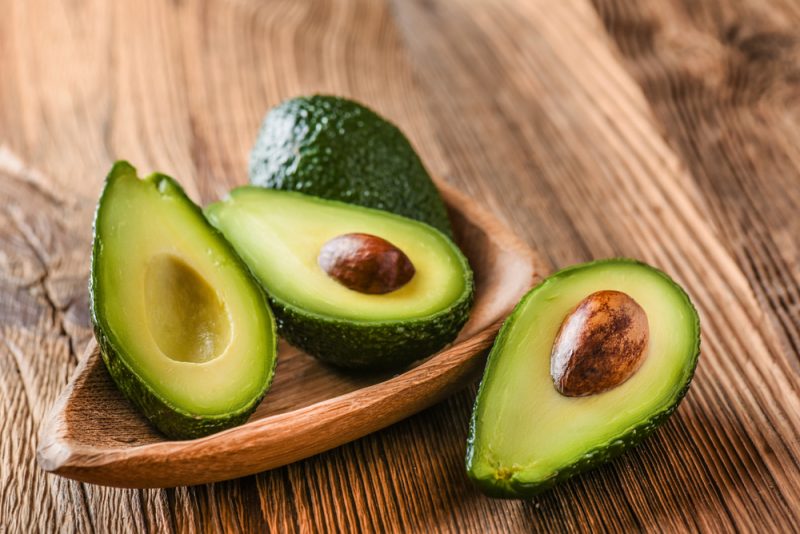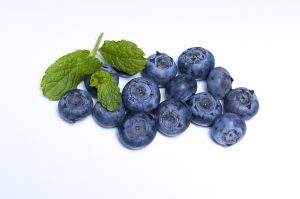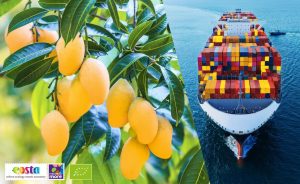Exports are expected to reach 1.34 MMT, up 5% year-on-year, with the U.S. accounting for 80% of Mexico’s avocado export volume. Canada follows with 7%, and Japan with 3%.
Mexico continues to dominate the global avocado trade, supplying nearly 88% of total U.S. avocado imports in 2024.
Domestically, avocado consumption is also on the rise, increasing by almost 10%, reaching 27 pounds per capita in 2024. However, avocados are still considered a luxury item in Mexico due to their relatively high cost compared to other fruits.
Despite its success, the industry faces growing pressure to address its environmental footprint. In response, the Avocado Institute of Mexico launched its “Path to Sustainability” plan in April, aiming to unite key stakeholders—from the country’s more than 35,000 growers to packers and exporters—under a unified strategy.
The plan focuses on four key areas: water, biodiversity, climate, and deforestation. It sets out a roadmap with specific targets and benchmarks to achieve water, carbon, and deforestation neutrality by 2035. The sustainability initiative also includes commitments to cover orchard soils, improve soil health, and restore ecosystems.
According to environmental consultant Ernesto Enkerlin, the water footprint of avocado cultivation has historically been overestimated due to the lack of consideration for the ecological benefits of orchards themselves. With updated methodologies, the sector now sees water neutrality as a realistic goal and a potential benchmark for other crops.
Meanwhile, avocado imports into Mexico remain low and are expected to decline by 10% in 2025, amounting to just 3,800 tons—reflecting the country’s ability to meet demand through domestic production. Imports occur mainly during seasonal gaps and come from countries such as Peru and Colombia.






















